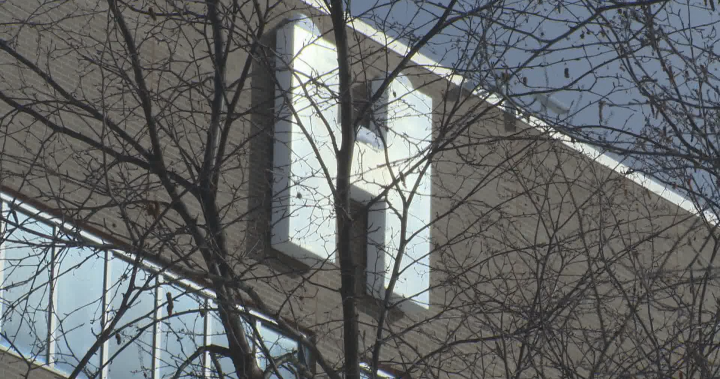The patient who passed away in the waiting area of the Edmundston Regional Hospital’s emergency room in December 2022 arrived alone, without anyone accompanying them from their care home, according to documents obtained by Global News through a New Brunswick Right to Information and Protection of Privacy Act (RTIPPA) claim. These documents shed light on the timeline and circumstances surrounding the patient’s death.
The patient, reportedly a 70-year-old individual, arrived at the hospital at 5:30 a.m. on December 7th, 2022. According to translated documents, the patient was mobile and responded well to questions during the triage process. The documents also indicate that the patient entered triage unaccompanied. The nurse informed the patient of the wait time and advised them to come back if their condition worsened.
During triage, the patient was categorized as Level 4 according to the Canadian Triage Acuity Scale, which denotes less urgent care but still requires attention within an hour of arrival. However, documents revealed that the wait time for Level 4 triage patients could be up to 24 hours due to staffing shortages in the province’s hospitals.
The timeline of events was obtained from CCTV footage of the ER waiting room. The patient is seen waiting and going to the bathroom multiple times. At 10:43 a.m., the patient is recorded going to the bathroom again. Approximately 22 minutes later, the patient leans forward in their chair, gestures towards the COVID screener, and calmly rests their head against the wall, appearing pale. Hospital staff is alerted, and they immediately begin performing cardiac massage. Sadly, more than five hours after arriving at the hospital, the patient is pronounced dead at 11:26 a.m.
Following this tragic incident, advocates have called for a review of the social development policy and standards that allow patients and residents of adult residential facilities to be dropped off at an emergency department without someone accompanying them. The Department of Social Development confirmed that staff from the care home may transport a resident to the hospital in certain cases, but they are not able to stay with the resident at the emergency room due to their responsibility to remain at the home. The department also emphasized the importance of notifying the resident’s next of kin or family members.
The lack of accompaniment for this resident raises questions, and advocates are urging a review and strengthening of the standards. However, implementing a specific rule to require someone to stay with residents in all cases may be challenging due to the unique circumstances and individual needs of each resident.
Nursing homes, which have access to on-site medical advisors, follow a person-centered approach that considers individual needs and strengths. While some residents may be capable of staying alone, there should still be support and a plan in place. The documents also noted that coroner Joe Kavanaugh highlighted the necessity of accompanying residents as they may have difficulties expressing their pain or undergoing examinations without assistance.
Seniors advocate Cecile Cassista expressed concern and distress over the resident’s situation, indicating that the individual was let down by the healthcare system and social development. She called for the review and strengthening of policies to ensure that residents of care facilities always have someone with them when taken to the hospital.
The Canadian Union of Public Employees, representing employees in care homes and nursing homes, highlighted the staffing shortages in the sector that may prevent staff from staying with residents. They emphasized the need for more resources to provide adequate care to vulnerable residents.
It is unclear whether the patient had access to food during their time at the hospital, as they were only found to have $2.60 in their pocket. The patient was seen going to the vending machine at least once on camera.
Vitalite Health Network has reviewed recommendations made by the Harmful Incident Review Committee. These recommendations include ensuring patient safety during the transfer process from nursing/care homes to the emergency department, implementing actions to free up hospital beds quickly, reviewing and adhering to the overflow plan, creating a patient care attendant position in the waiting room, and evaluating the use of a device for monitoring vital signs in the waiting room. The health authority has completed two of these recommendations and continues to work on the others.
Denial of responsibility! VigourTimes is an automatic aggregator of Global media. In each content, the hyperlink to the primary source is specified. All trademarks belong to their rightful owners, and all materials to their authors. For any complaint, please reach us at – [email protected]. We will take necessary action within 24 hours.


